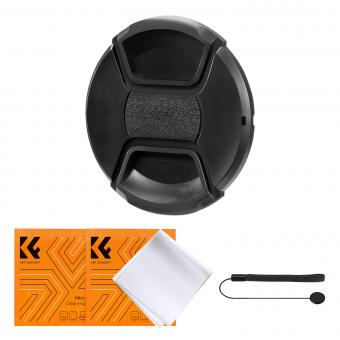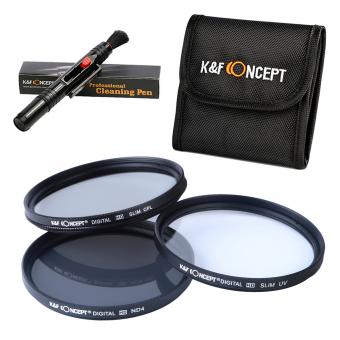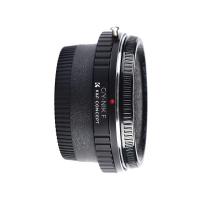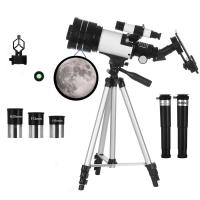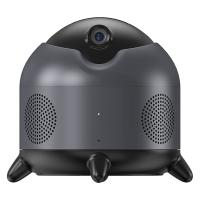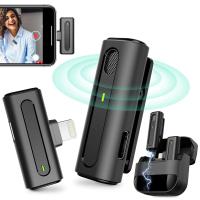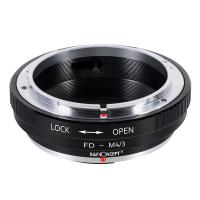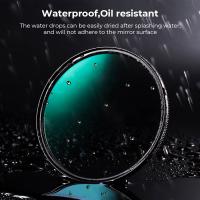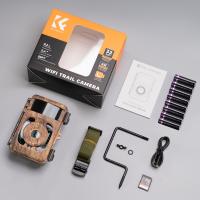How To Clean Apsc Sensor ?
To clean an APS-C sensor, you will need a few tools such as a blower, sensor cleaning swabs, and a cleaning solution. First, use the blower to remove any loose dust or debris from the sensor. Then, apply a small amount of cleaning solution to the sensor cleaning swab and gently wipe the sensor in a single direction. Be sure to use a new swab for each pass to avoid spreading any dirt or oil. Once you have cleaned the sensor, use the blower again to remove any remaining residue. It is important to be gentle and avoid applying too much pressure to the sensor to prevent damage. Additionally, it is recommended to clean the sensor in a clean and dust-free environment to avoid introducing more debris.
1、 Understanding APS-C sensor cleaning basics
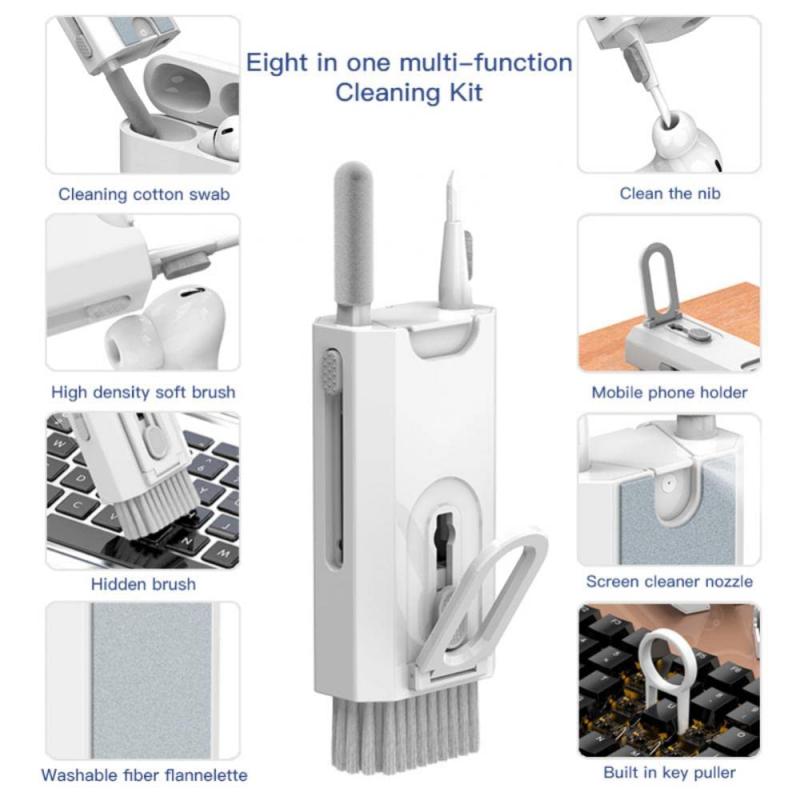
How to clean APS-C sensor:
Cleaning the APS-C sensor of your camera is an essential task that should be done regularly to ensure that your images are free from dust and other particles. Here are the steps to clean your APS-C sensor:
1. Turn off your camera and remove the lens.
2. Use a blower to blow away any loose dust or debris from the sensor.
3. Use a sensor cleaning swab and a cleaning solution to gently wipe the sensor. Be sure to follow the instructions carefully and avoid applying too much pressure.
4. Once you have cleaned the sensor, use the blower again to remove any remaining dust or debris.
5. Reattach the lens and turn on your camera to check if the sensor is clean.
Understanding APS-C sensor cleaning basics:
APS-C sensors are smaller than full-frame sensors, which means that they are more prone to dust and other particles. Cleaning your APS-C sensor is essential to ensure that your images are free from any unwanted spots or blemishes.
There are several methods for cleaning your APS-C sensor, including using a blower, sensor cleaning swabs, and cleaning solutions. It is important to follow the instructions carefully and avoid applying too much pressure to the sensor.
In recent years, some camera manufacturers have introduced self-cleaning sensors that use ultrasonic vibrations to shake off any dust or debris. While these sensors can be helpful, they are not a substitute for regular cleaning.
Overall, cleaning your APS-C sensor is a simple task that can help improve the quality of your images. By following the steps above and using the right tools, you can keep your sensor clean and free from any unwanted spots or blemishes.
2、 Preparing for APS-C sensor cleaning
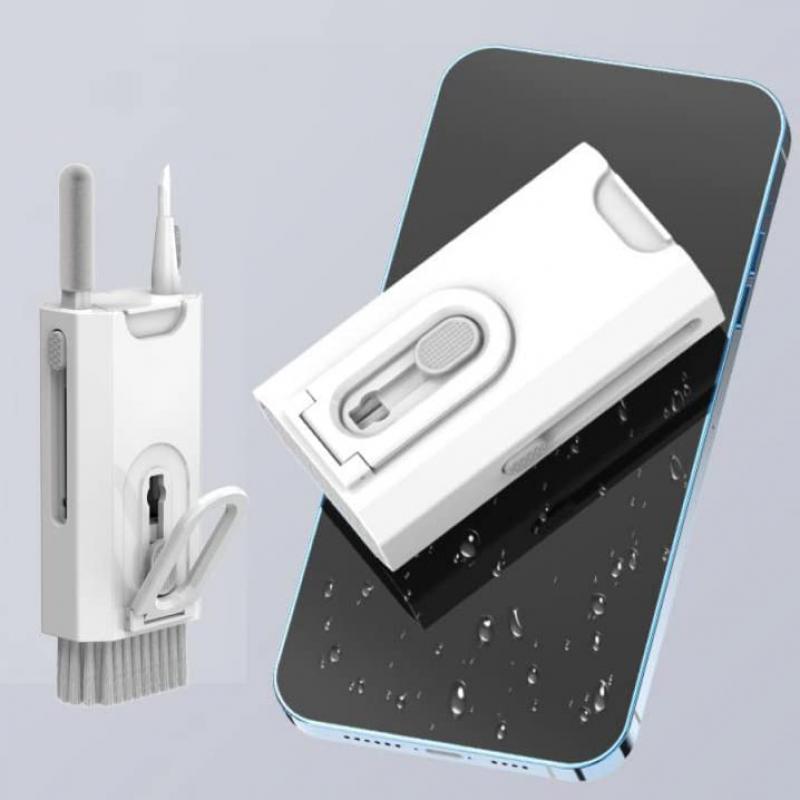
How to clean APS-C sensor:
Cleaning the APS-C sensor of your camera is a delicate process that requires patience and precision. Here are the steps to follow:
1. Turn off the camera and remove the lens.
2. Use a blower to remove any loose dust or debris from the sensor. Hold the camera with the sensor facing downwards to prevent any debris from falling back onto the sensor.
3. Use a sensor cleaning swab and a cleaning solution specifically designed for APS-C sensors. Apply a few drops of the solution onto the swab and gently wipe the sensor in a single direction. Do not apply too much pressure or use a circular motion as this can damage the sensor.
4. Use a dry swab to remove any remaining residue from the sensor.
5. Reattach the lens and turn on the camera to check if the sensor is clean.
It is important to note that cleaning the sensor too frequently or using the wrong cleaning tools can damage the sensor. It is recommended to clean the sensor only when necessary and to use high-quality cleaning tools from reputable brands.
Preparing for APS-C sensor cleaning:
Before cleaning the APS-C sensor, it is important to prepare the camera and the cleaning tools. Here are some tips:
1. Charge the camera battery to ensure that there is enough power for the cleaning process.
2. Choose a clean and dust-free environment to prevent any additional debris from entering the camera.
3. Use a blower to remove any loose dust or debris from the camera body and lens.
4. Use a sensor loupe to inspect the sensor for any visible dust or debris.
5. Have a backup camera or lens in case the cleaning process goes wrong and the camera becomes unusable.
It is also important to follow the manufacturer's instructions and to use the appropriate cleaning tools for your camera model. If you are unsure about the cleaning process, it is recommended to seek professional help from a camera service center.
3、 Choosing the right cleaning tools for APS-C sensor
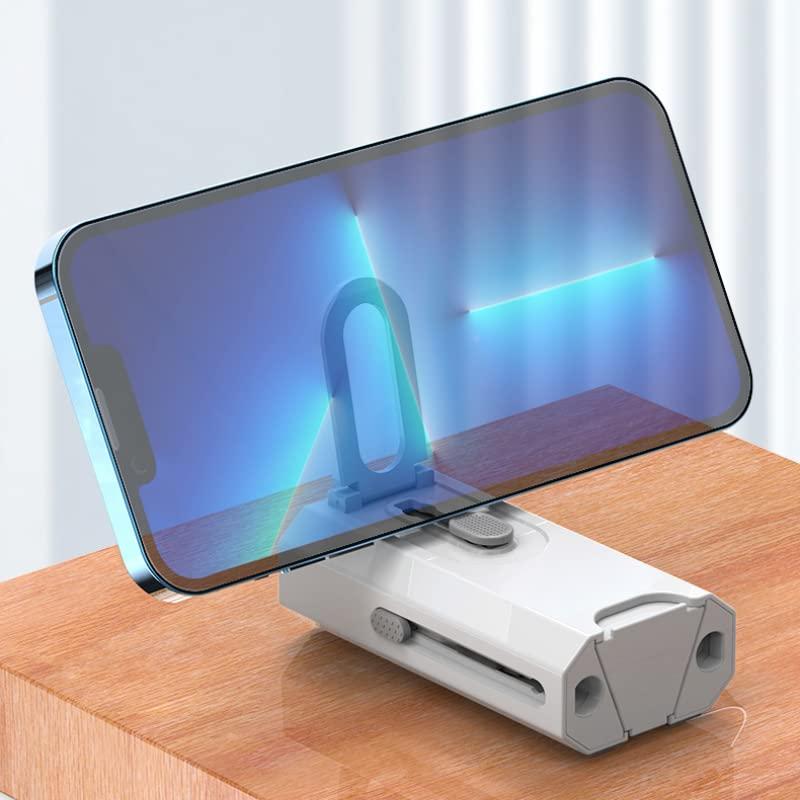
How to clean APS-C sensor:
Cleaning the APS-C sensor of your camera is an important task that should be done regularly to ensure the quality of your photos. Here are the steps to clean your APS-C sensor:
1. Turn off your camera and remove the lens.
2. Use a blower to remove any loose dust or debris from the sensor.
3. Use a sensor cleaning swab and a cleaning solution to gently wipe the sensor. Be sure to follow the instructions carefully and avoid touching the sensor with your fingers.
4. Use a blower again to remove any remaining dust or debris.
5. Reattach the lens and turn on your camera to check if the sensor is clean.
Choosing the right cleaning tools for APS-C sensor:
When it comes to cleaning your APS-C sensor, it's important to choose the right cleaning tools to avoid damaging the sensor. Here are some tips for choosing the right cleaning tools:
1. Use a blower to remove loose dust and debris before using a cleaning solution.
2. Choose a sensor cleaning swab that is specifically designed for APS-C sensors.
3. Use a cleaning solution that is safe for APS-C sensors and follow the instructions carefully.
4. Avoid using compressed air or canned air as they can damage the sensor.
5. Consider using a sensor cleaning kit that includes all the necessary tools for cleaning your APS-C sensor.
In recent years, there has been a rise in the popularity of sensor cleaning services offered by camera manufacturers and third-party companies. While these services can be convenient, they can also be expensive and may not be necessary for regular sensor maintenance. It's important to weigh the cost and benefits of these services before deciding to use them.
4、 Step-by-step guide to APS-C sensor cleaning
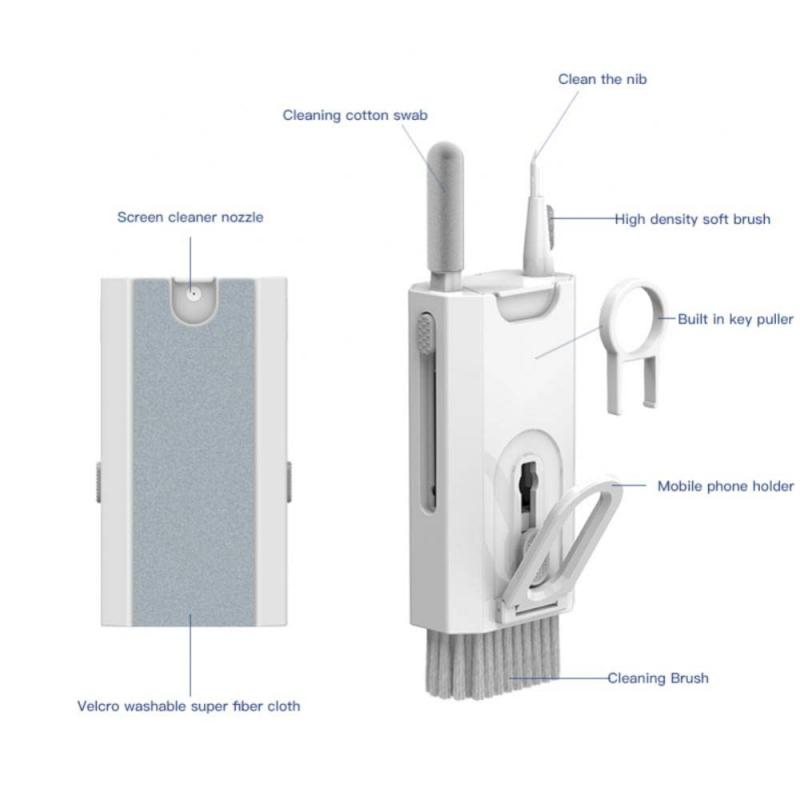
Step-by-step guide to APS-C sensor cleaning:
1. Gather the necessary tools: You will need a sensor cleaning kit, which typically includes a sensor cleaning swab, cleaning solution, and a blower.
2. Charge your camera battery: It is important to have a fully charged battery before cleaning your sensor to prevent any damage to the camera.
3. Set your camera to sensor cleaning mode: This will lock the mirror up and expose the sensor for cleaning.
4. Use a blower to remove any loose dust: Hold the camera upside down and use the blower to blow air onto the sensor. This will remove any loose dust or debris.
5. Apply cleaning solution to the swab: Apply a few drops of cleaning solution to the swab, making sure not to oversaturate it.
6. Gently swipe the swab across the sensor: Starting from one side of the sensor, gently swipe the swab across the sensor in a straight line. Do not apply too much pressure or swipe back and forth.
7. Inspect the sensor: Use a magnifying glass or loupe to inspect the sensor for any remaining dust or debris. If necessary, repeat steps 5 and 6.
8. Turn off sensor cleaning mode: Once you are finished cleaning the sensor, turn off sensor cleaning mode and replace the lens.
It is important to note that APS-C sensors are delicate and can easily be damaged if not cleaned properly. It is recommended to have your sensor cleaned by a professional if you are unsure about the process. Additionally, some newer cameras have built-in sensor cleaning mechanisms that can help reduce the need for manual cleaning.


